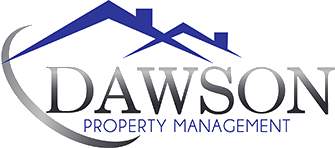How to Avoid Water Damage in Your Rental Property
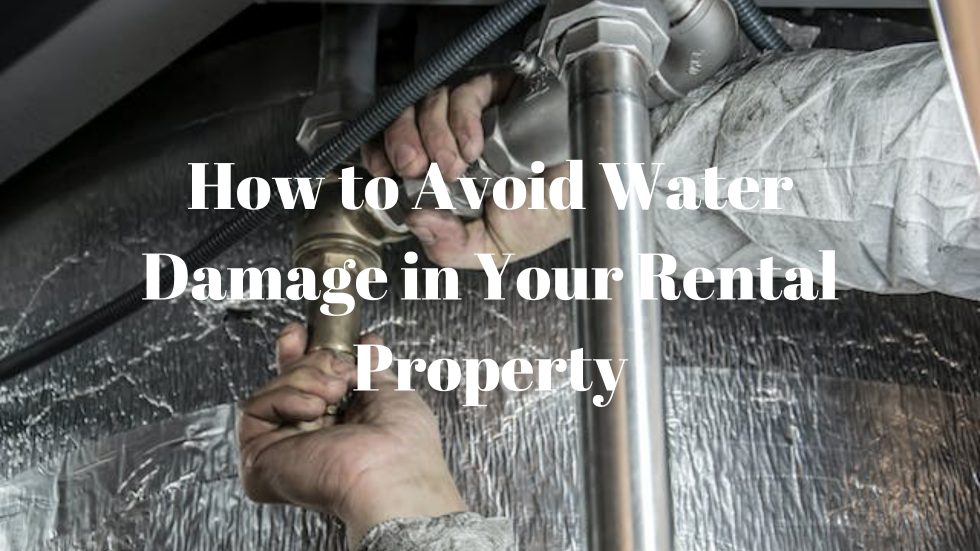
Water damage can be expensive and is something many property owners commonly encounter when overseeing rental properties.
If not addressed quickly, even a small leak can lead to significant structural damage, mold growth, and expensive repairs. Preventing water damage in rental properties requires both proactive maintenance and clear communication with tenants.
Understanding the causes of water damage, recognizing warning signs, and taking preventative measures can help landlords protect their investment and maintain a safe living environment for tenants.
In this article by Dawson Property Management, we’ll discuss essential tips for preventing water damage in your rental property. From routine maintenance to early leak detection, taking proactive steps can help you avoid costly repairs and protect your investment.
What Causes Water Damage?
Water damage can occur due to various reasons, including natural disasters, plumbing failures, and tenant negligence. Some of the most common causes include:
- Leaky Pipes and Faucets – Small leaks can develop into significant problems if left unattended.
- Clogged or Faulty Drains – Blocked sinks, showers, or toilets can overflow and cause water damage.
- Roof Leaks – Damaged shingles or clogged gutters can allow water to seep into the property.
- Appliance Malfunctions – Water heaters, washing machines, and dishwashers can leak if not properly maintained.
- Poor Ventilation – Inadequate airflow in bathrooms and kitchens can lead to moisture buildup and mold growth.
- Foundation Cracks – Water can seep through cracks in the foundation, leading to basement flooding.
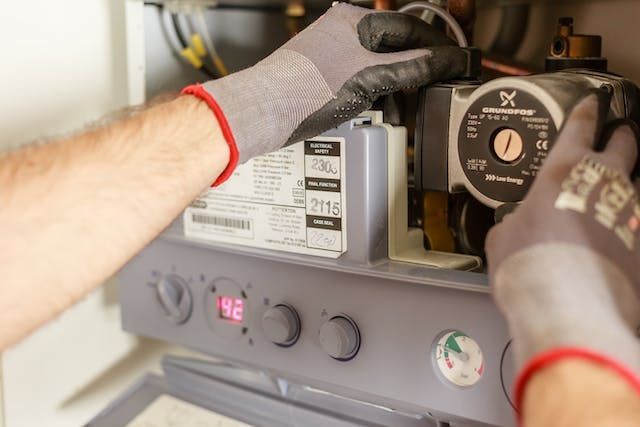
Signs of Water Damage to Watch For
Detecting water damage early can save landlords from costly repairs. Some signs to look for include:
- Water Stains – Yellow or brown stains on ceilings and walls indicate past or ongoing leaks.
- Peeling or Bubbling Paint – Excess moisture can cause paint and wallpaper to lift from surfaces.
- Mold or Mildew Growth – A musty odor or visible mold indicates prolonged exposure to moisture.
- Warped or Soft Flooring – Water damage can cause wood or laminate floors to swell and become weak.
- Increased Water Bills – An unexplained rise in water costs may signal a hidden leak.
- Dripping Sounds – Continuous dripping noises behind walls could indicate a slow but steady leak.
Ways to Protect Your Rental Property from Water Damage
Preventing water damage requires a combination of regular inspections, maintenance, and tenant education. Below are some practical steps landlords can take:
- Inspect the Property Regularly – Check for leaks, signs of water damage, and ensure all plumbing is in good condition.
- Maintain Gutters and Downspouts – Clean out debris to prevent water from pooling on the roof and causing leaks.
- Install Water Leak Detectors – Smart sensors can alert landlords and tenants to leaks before they cause significant damage.
- Seal Windows and Doors – Ensure all entry points are properly sealed to prevent water intrusion during storms.
- Ensure Proper Drainage – Make sure the landscaping directs water away from the foundation to avoid basement flooding.
- Use Water-Resistant Materials – In areas prone to moisture, such as basements and bathrooms, use water-resistant flooring and paint.
- Service Appliances Regularly – Check hoses and connections on water-using appliances to prevent leaks.
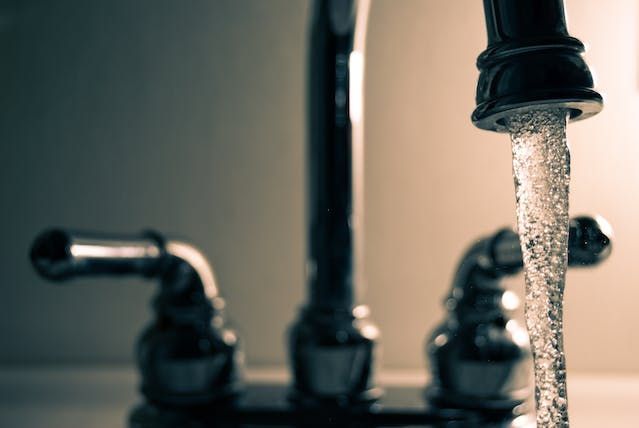
Tenant Responsibilities in Preventing Water Damage
Tenants play a crucial role in water damage prevention. Landlords should educate tenants about their responsibilities, which include:
- Reporting Leaks Immediately – Encourage tenants to notify management as soon as they notice a leak or moisture issues.
- Properly Using Appliances – Instruct tenants to follow manufacturer guidelines for dishwashers, washing machines, and other water-using appliances.
- Avoiding Drain Clogs – Remind tenants to dispose of grease, food scraps, and hygiene products properly to prevent blockages.
- Ventilating Bathrooms and Kitchens – Using exhaust fans or opening windows can help reduce moisture buildup.
- Shutting Off Water During Extended Absences – If tenants leave for an extended period, they should turn off the water supply to prevent potential leaks.
Landlord Responsibilities for Water Damage Prevention
Landlords must take proactive measures to minimize the risk of water damage. Key responsibilities include:
- Conducting Routine Inspections – Regularly check plumbing, roofing, and appliances to detect issues before they escalate.
- Performing Timely Repairs – Address leaks and maintenance concerns as soon as they arise.
- Providing Clear Lease Agreements – Include clauses outlining tenant responsibilities for reporting leaks and handling minor maintenance.
- Ensuring Proper Property Insurance – Have comprehensive coverage for water damage to protect against unexpected incidents.
- Upgrading Plumbing Systems – If a property has old or outdated plumbing, consider upgrading pipes and fixtures to reduce the risk of leaks.
- Establishing an Emergency Plan – Have a clear protocol for tenants on what to do in case of a major water-related emergency.
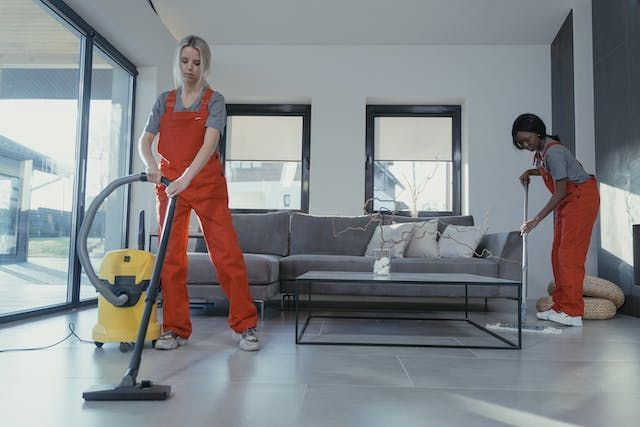
If water damage occurs due to structural issues or faulty plumbing, landlords must act quickly to repair the damage and prevent further complications. Keeping records of all maintenance work can help in resolving disputes and proving due diligence.
Best Practices for Maintenance and Inspections
Routine maintenance and inspections are essential in preventing water damage. Landlords should schedule seasonal roof inspections to identify and repair any vulnerabilities. Checking plumbing systems for leaks, rusted pipes, and faulty seals ensures water is flowing properly without risk of hidden damage.
Inspecting basements and crawl spaces for dampness or mold helps identify potential water intrusion. Keeping HVAC systems serviced prevents excessive condensation from causing water damage.
Regularly reviewing tenants’ compliance with lease agreements regarding water use and maintenance responsibilities ensures they play their part in protecting the property.
Bottom Line
Water damage in rental properties can be costly and disruptive, but with proactive maintenance and clear communication, landlords can significantly reduce risks.
Dawson Property Management offers expert property maintenance services to help landlords protect their investments. Our team ensures that rental properties are regularly inspected, potential water damage risks are identified, and repairs are conducted promptly.
With professional management services, landlords can enjoy peace of mind knowing their properties are well-maintained. Contact Dawson Property Management today to learn more about how we can help safeguard your rental property from water damage.
